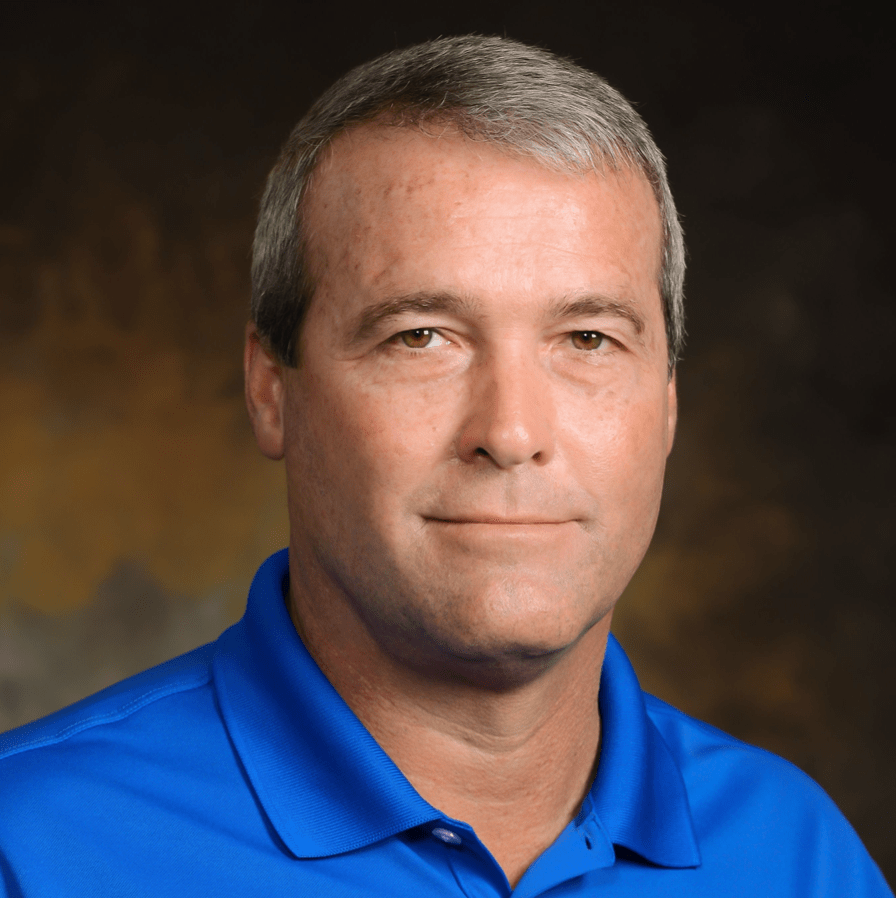Building owners and specifiers can experience design flexibility, reduced operational costs and reliable, energy-efficient comfort year-round with Variable Refrigerant Flow (VRF) systems, even in extreme cold climates.
Modern VRF systems like those from Mitsubishi Electric Trane HVAC US far exceed the capabilities of conventional heat pumps at low outdoor ambient temperatures and are in a great position to replace fossil fuel burning equipment in almost any climate.
The Fundamentals of VRF Systems
VRF technology consolidates heating and cooling into one
VRF technology consolidates heating and cooling into one, all-electric system. Improving on the direct-expansion (DX) principle, a VRF system uses linear expansion valves (LEV) and an INVERTER-driven compressor to cycle refrigerant and transfer heat between its outdoor unit and the indoor unit(s) in each zone. Continuous communication between the system’s outdoor units, indoor units, sensors and controls allow VRF systems to modulate capacity based on loads and occupancy. With precise management of capacity, VRF systems reliably maintain each zone’s set point without the noisy and energy-intensive start/stop cycles of conventional systems.
Design Considerations for Low-Ambient Heating
The reliable performance and energy efficiency of modern VRF systems aren’t solely the product of superior product engineering. Accurate load calculations, proper installation, diligent commissioning, and regular maintenance, are essential for success. Let’s discuss six options HVAC contractors and engineers can use to solve derating challenges, even in climate zones 5 and 6.
 |
| HVAC contractors can solve challenges, even in extreme climate zones |
Options for Solving Derating Challenges
- With VRF flash-injection technology, as long as an air-source heat pump can make its refrigerant cooler than the outdoor air, thermal energy can be extracted and delivered to interior zones as heat. In extreme cold, the compressor needs to operate at speeds much higher than usual to drive the refrigerant temperature and pressure in the condenser coil sufficiently low to capture ambient heat. With flash-injection technology, a VRF system injects a small amount of mixed-phase refrigerant to cool the compressor, allowing it to perform at higher speeds without failing due to friction and heat build-up. This method enables VRF systems to deliver significant heat at low temperatures. For example, CITY MULTI® VRF systems with Hyper-Heating INVERTER® (H2i®) technology can provide up to 100 percent of heating capacity down to -4° F, up to 70 percent of heating capacity down to -22° F and continuous heating at temperatures as low as -31° F.
Flash-injection technology creates the opportunity to size units based upon heating loads and use the VRF system as a sole source for heating. In most regions, changeover to auxiliary heating sources is rarely needed, but can be easily accomplished with built in controls if an existing heating system is already in place.
- Auxiliary or backup heat can be provided by a system that generates heat using a method such as electric resistance, baseboard hydronic wall-fin radiant heat or duct coils mounted downstream of an air handler. Auxilliary or back-up heat may be installed with the VRF system while others might be an older existing system, such as a gas-fired hydronic boiler a facility repurposes after a retrofit. Due to greater efficiency, the VRF system typically provides the first stage of heat.
- Sole-source sizing based on heating is an alternative to using a flash-injection product, employing the option to oversize standard VRF systems for heating capacity. Specifiers must be mindful of heating derates as found in the VRF manufacturer’s selection software or engineering manuals when using this method.
Designers will likely need to oversize the indoor units as well as the outdoor unit. Otherwise, the indoor units will be unable to use the extra capacity. Oversizing VRF systems to meet heating capacity should be limited to 25 percent or less so that the system doesn’t end up being excessively oversized for the commensurate cooling load.
- Oversize DOAS heat. VRF systems are often used in conjunction with complementary systems for ventilation. A dedicated outdoor air system (DOAS) is typically designed to supply room-neutral air (between 70° F and 75° F) in the heating mode but could be upsized to provide additional heat. With the use of a recirculation air damper and an upsized heat source (gas, hot water or electric), the oversized DOAS could be used for emergency heat or morning warmup during winter.
- Install outdoor units inside the building to limit derating and weather impacts in severe cold regions. In this scenario, air-source condensers are installed in a mechanical room that serves as a recirculation air plenum or a pass-through air plenum, depending on the outdoor temperature. When the auxiliary heat runs, the VRF system’s efficiency approaches the efficiency of the backup system. If the unit heater is 80% efficient, the overall system efficiency will drop so the backup unit heaters that heat the mechanical room should only run at colder temperatures. While this approach can be expensive due to the number of dampers and louvers required, the design allows a facility to locate auxiliary heat in a central location, the mechanical room.
- Water-source VRF systems are available as heat pumps or with heat recovery. With water-source VRF systems, all of the equipment is designed to be installed indoors. They deliver greater efficiency and have less derating versus air-source VRF systems. Less energy is needed to extract heat or reject heat into or out of water, as compared to air due to the density of each of these mediums. Also, a water loop offers a more defined and controlled temperature range, generally between 60° F and 90° F. The capacity of a water-source system is based on entering water temperature.
VRF Systems Provide Comfort in Any Climate
When applied according to best practices and with consideration for winter weather, modern VRF systems can serve as the primary heating and cooling system even in the coldest climates. With flash-injection compressor technology and water-source options, VRF systems offer cold-climate capabilities far beyond those of conventional heat pump systems, even without auxiliary heat.

